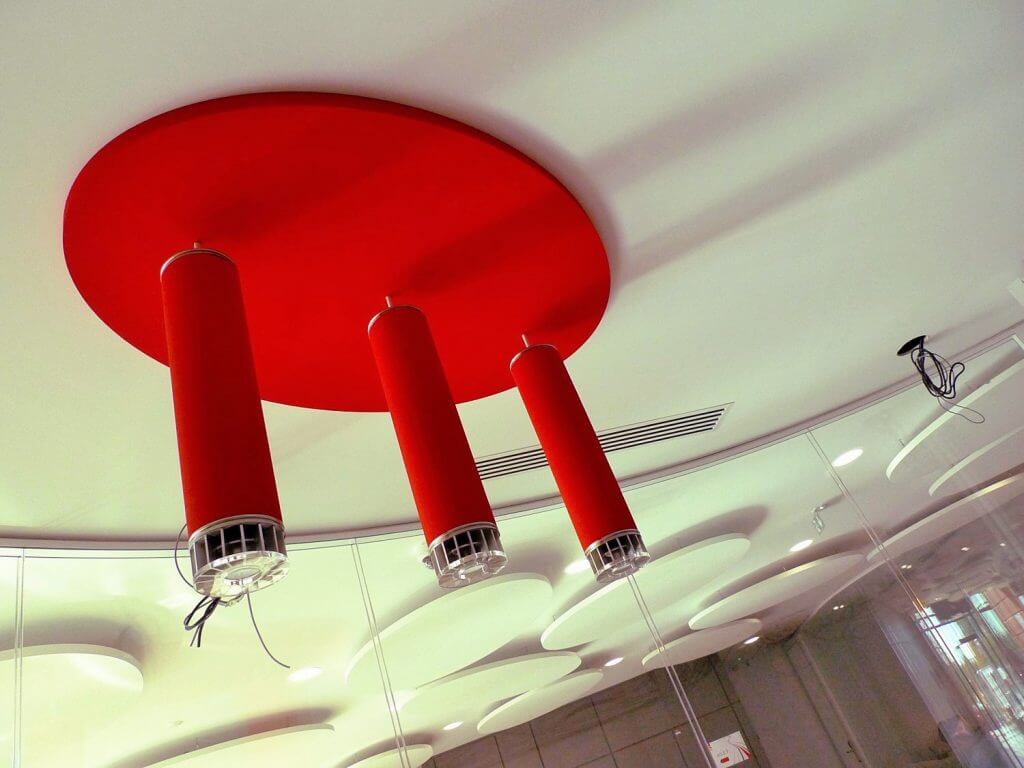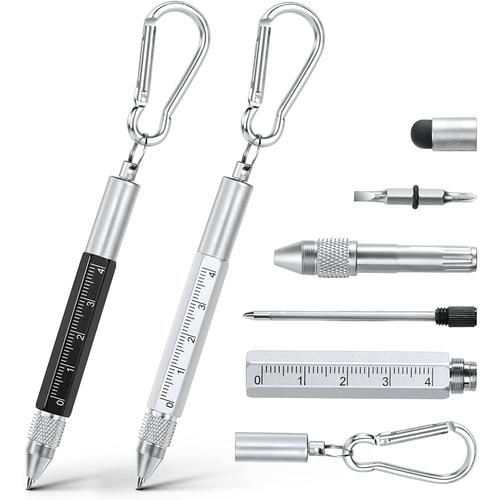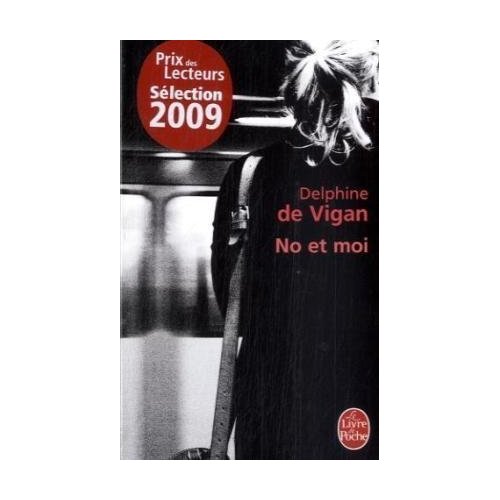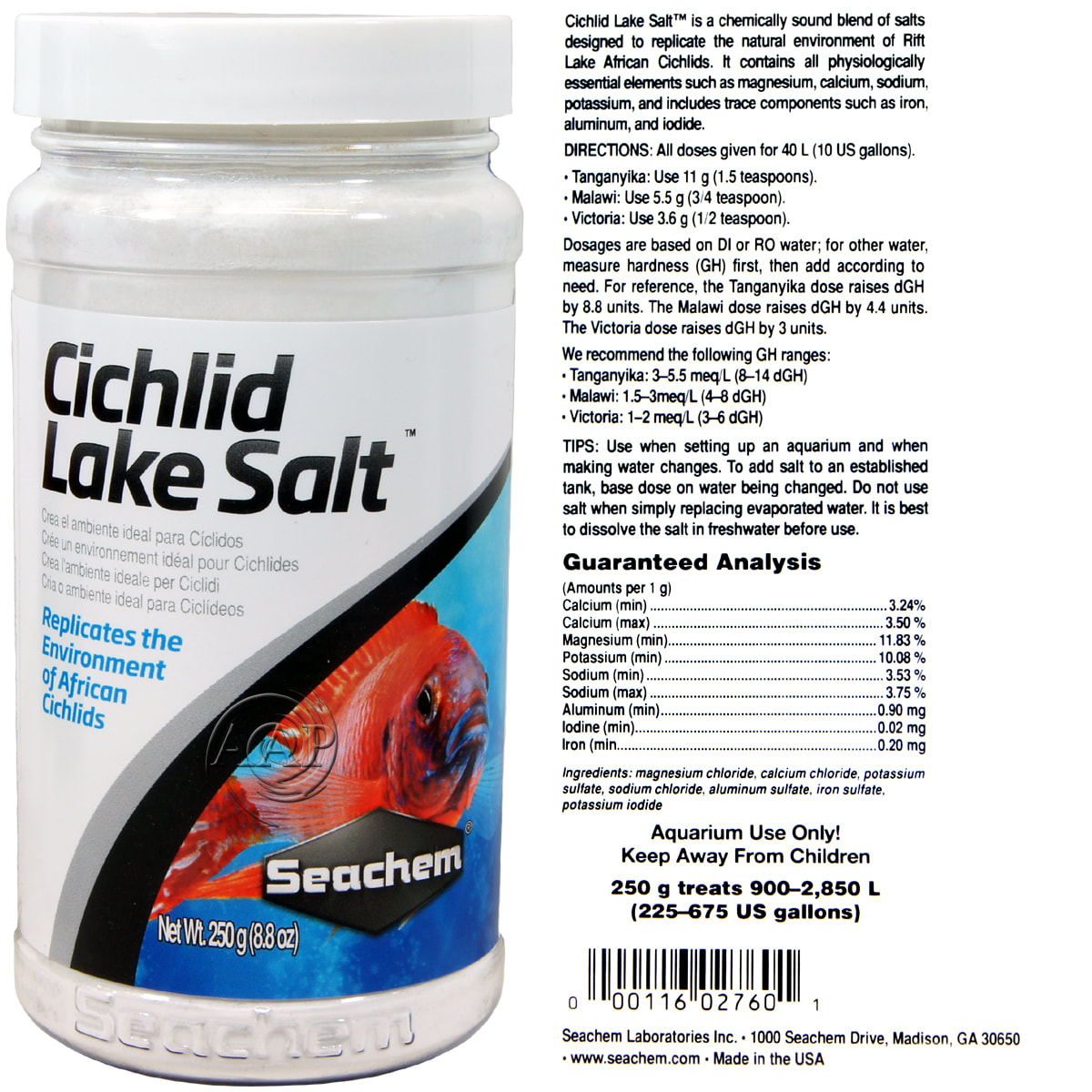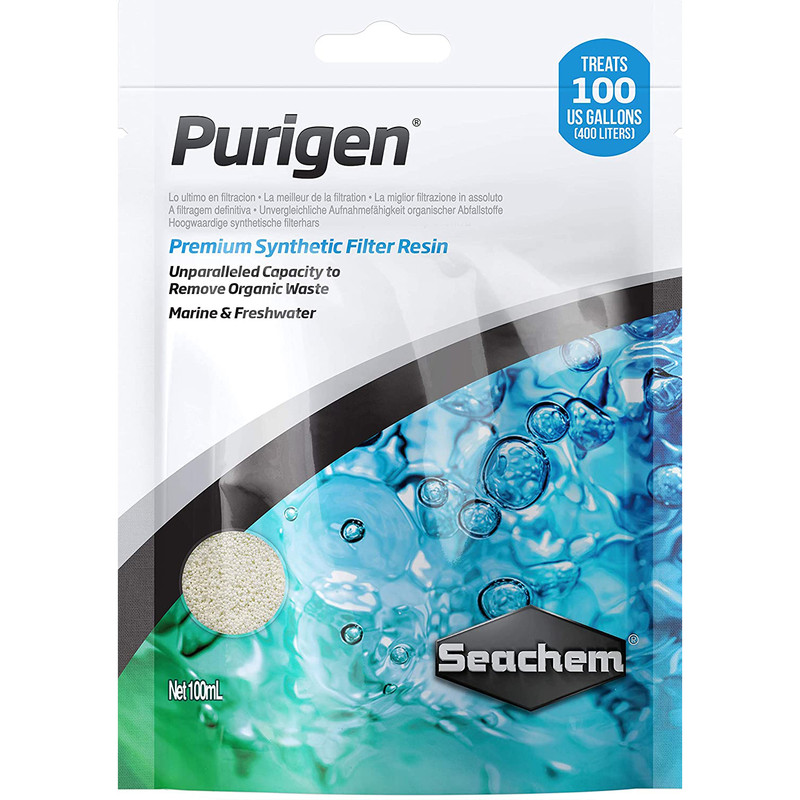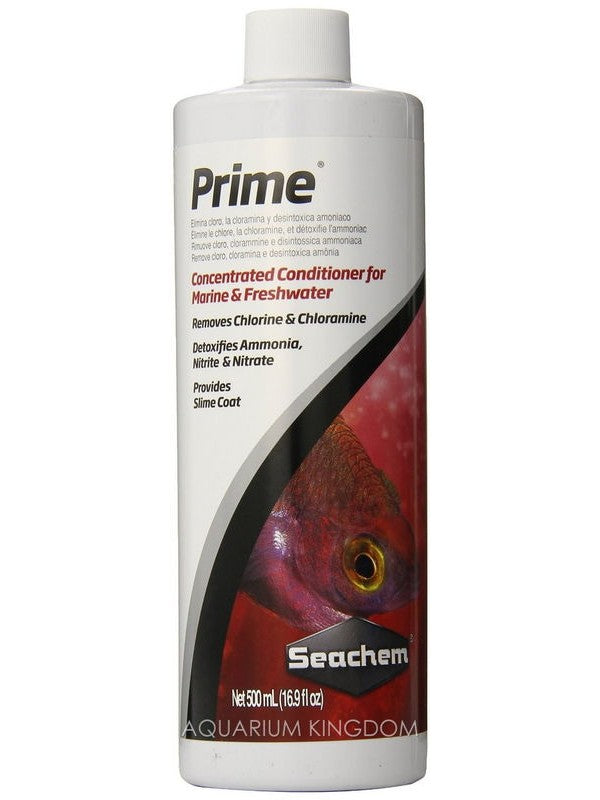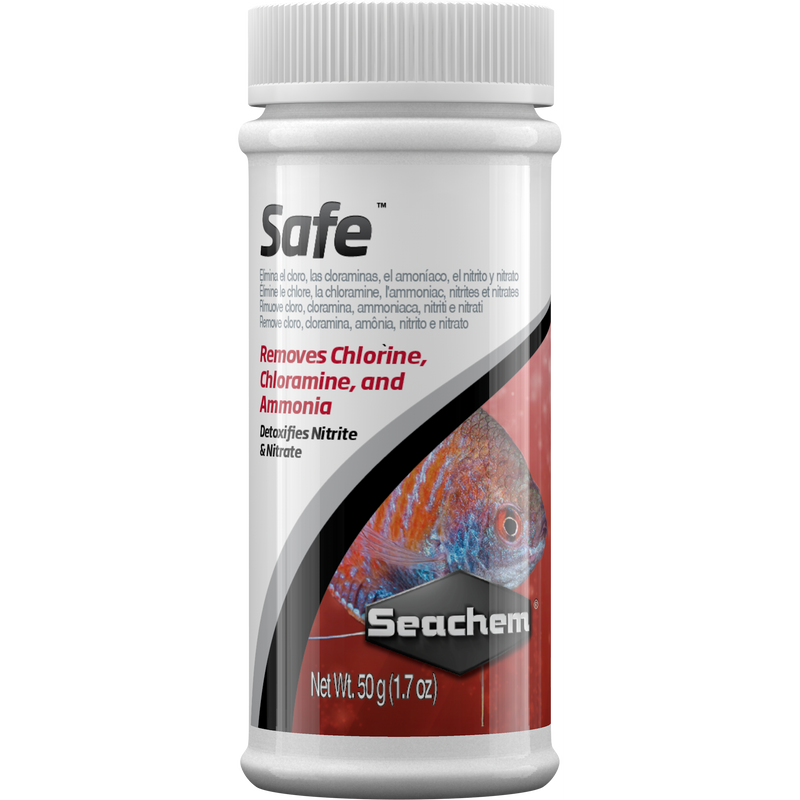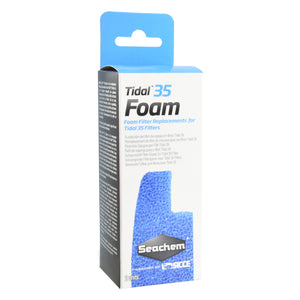Seachem De*nitrate – Super Cichlids
4.8 (175) · € 6.00 · En Stock
Seachem | De*nitrate Descriptionde*nitrate™ is an economical, natural, porous material with a pore distribution and geometry that promotes both aerobic nitrification within the first few millimeters of depth and anaerobic denitrification at the core. Th
Upgrade your fish's diet with top-of-the-line brands like Xtreme, Northfin, and Dr Bassleer now available at Super Cichlids. Get your hands on exclusive Stendker Discus GoodHeart Frozen / Granules & other premium brands like New Life Spectrum, Repashy, Seachem, and API. Give your fish the ultimate dining experience!
Description
de*nitrate™ is an economical, natural, porous material with a pore distribution and geometry that promotes both aerobic nitrification within the first few millimeters of depth and anaerobic denitrification at the core. The material has a high surface area and supports a high density of bacteria. Although de*nitrate™ has capacity to trap nitrate, this, as with other nitrate retaining materials, such as certain zeolites and synthetic resins, is quite limited and the primary mechanism of nitrate removal is anaerobic.
“Live” rocks or reef rocks remove nitrate by anaerobic denitrification. de*nitrate™ removes nitrate by the same process. Efficiency is magnified several folds by forcing the water to filter through the porous de*nitrate™. As with reef rock, anaerobic conditions are achieved by the porosity and the depletion of oxygen by the aerobic process at the surface. Excessive flow rates should, therefore, be avoided, as they may impede development of an adequate anaerobic environment to support denitrifying bacteria.
de*nitrate™ is also an excellent media for aerobic nitrification and it makes an ideal biological filter in drip trays, canister filters, sumps, or even box filters. At high flow rates (greater than 100 US gallons per hour), it will function solely as an aerobic filter. At slow flow rates (less than 50 US gallons per hour), it will function as both an aerobic filter and an anaerobic denitrifying filter.
Directions
For best results, de*nitrate™ should be placed to assure the flow of water through it, such as in a canister filter, chemical filtration module, or box filter. Flow rate should not exceed 200 L (50 US gallons) per hour. If higher flow rates are unavoidable, use Matrix™ or Pond Matrix™. It is best to rinse off dust before use. Once de*nitrate™ has been in use for several days, nitrate concentrations should start to fall and level off gradually at a concentration of about 4–5 mg/L as nitrate. As long as nitrate concentrations remain under control, the product is not exhausted. Each 500 mL of de*nitrate™ treats about 100–200 L (25–50 US gallons), depending on initial nitrate concentration and the current biological load. Enough should be used to remove nitrate at a rate at least as fast as the rate of formation. If very high nitrates are initially present, they should be brought down to less than 20 mg/L with water changes.
Sizes
100 mL, 250 mL, 500 mL, 1 L, 2 L, 4 LF

2.12. Beneficial Bacteria - AquaInfo
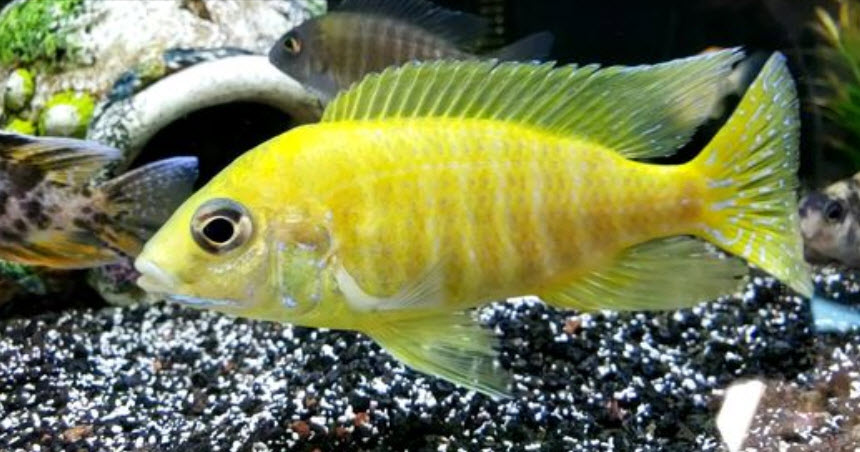
7.5. Denitrifying Media, Biohome and De*Nitrate in the Aquarium

7.5. Denitrifying Media, Biohome and De*Nitrate in the Aquarium - AquaInfo

What size of fish tank and what type of African cichlids should I get? - Quora
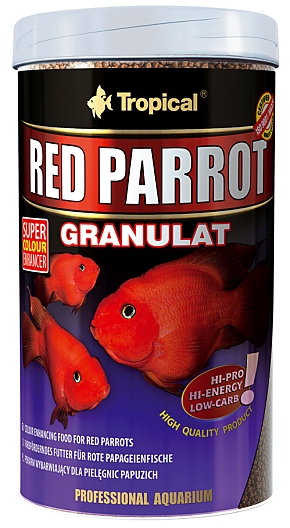
Tropical Red Parrot Granules
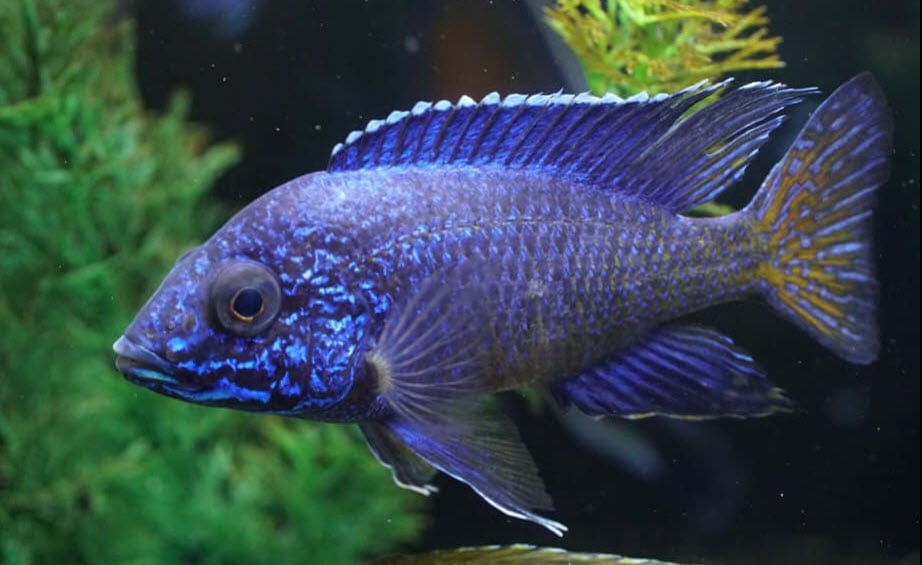
7.5. Denitrifying Media, Biohome and De*Nitrate in the Aquarium - AquaInfo
:max_bytes(150000):strip_icc()/Carib-Sea-Super-Natural-Moonlight-Sand-23ed865f34294342a446d2c23bbeb20f.jpg)
The 7 Best Aquarium Sands of 2024
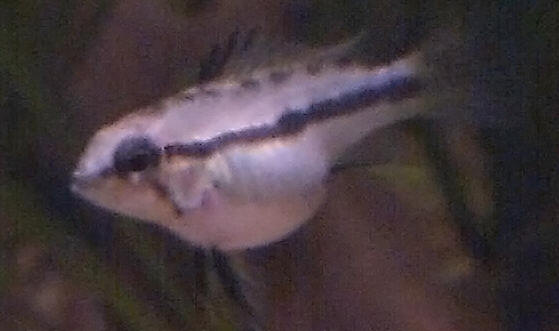
FAQs on Dwarf South American Cichlids

Seachem Cichlid Lake Salt – Rons Cichlids
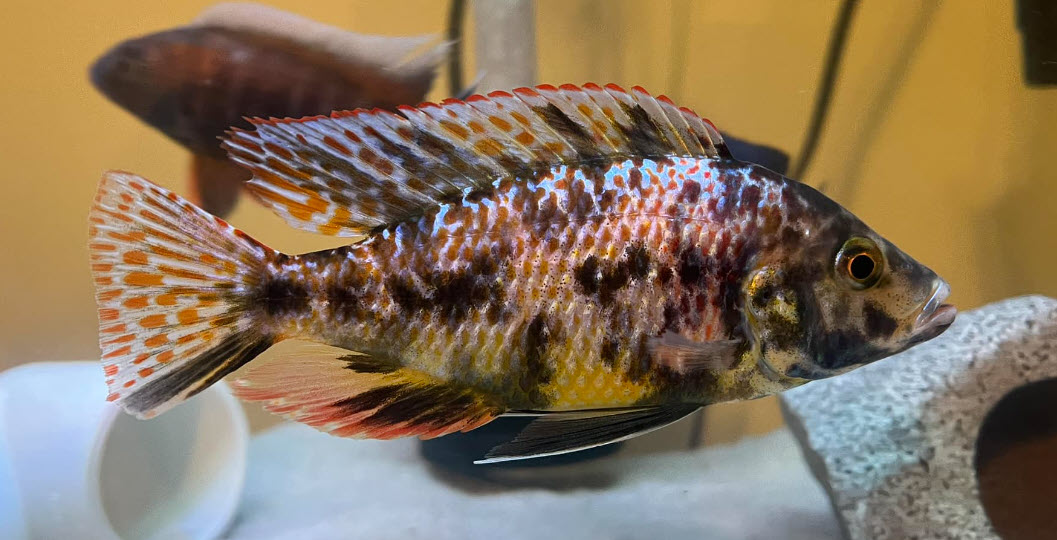
Beneficial Bacteria in the Aquarium
I have a blood parrot cichlid (around 3 inches) for almost a year. Can I introduce a baby oscar fish pair in the tank? If not, what other fishes can I introduce

Emerald Coast Tropicals
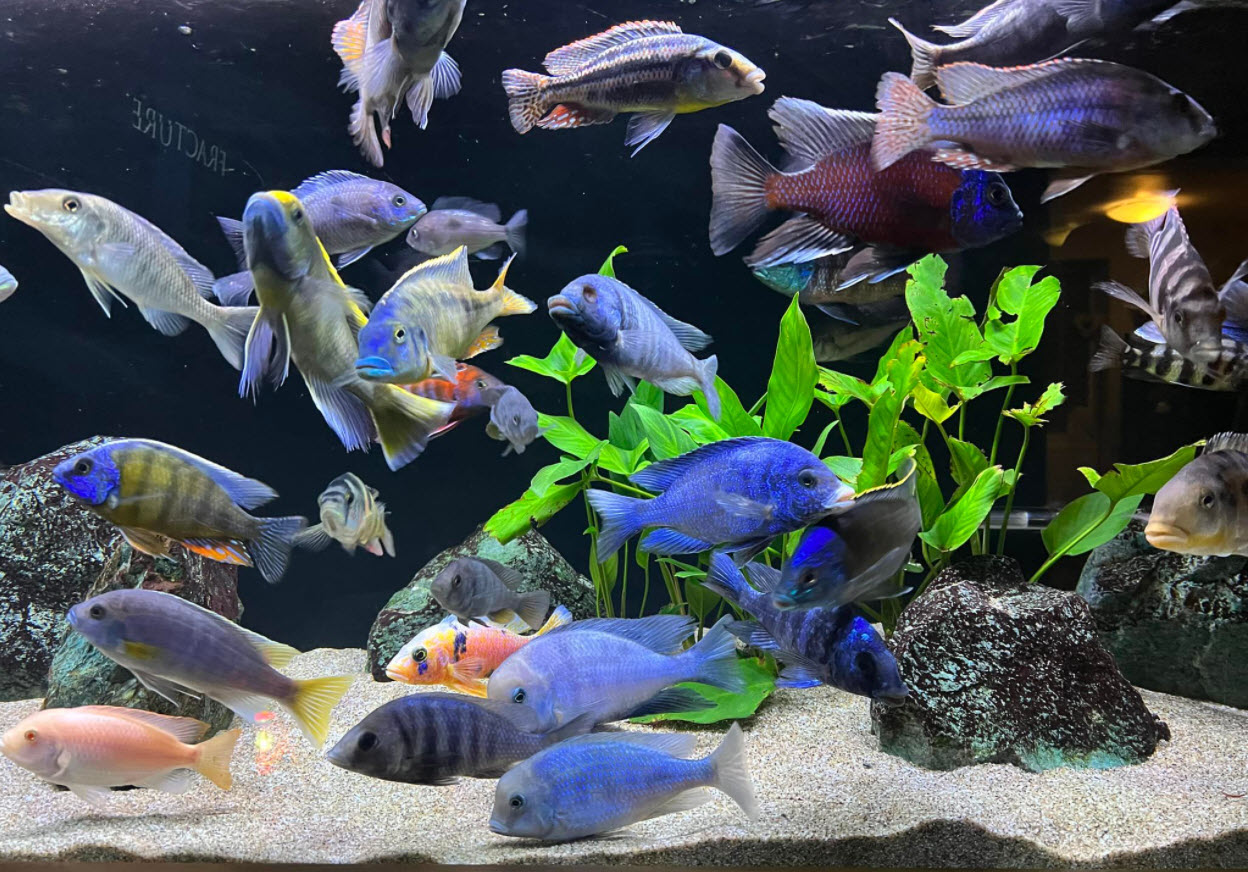
Aquarium Science – The Science of Aquariums

Seachem Nutridiet Marine Flakes



